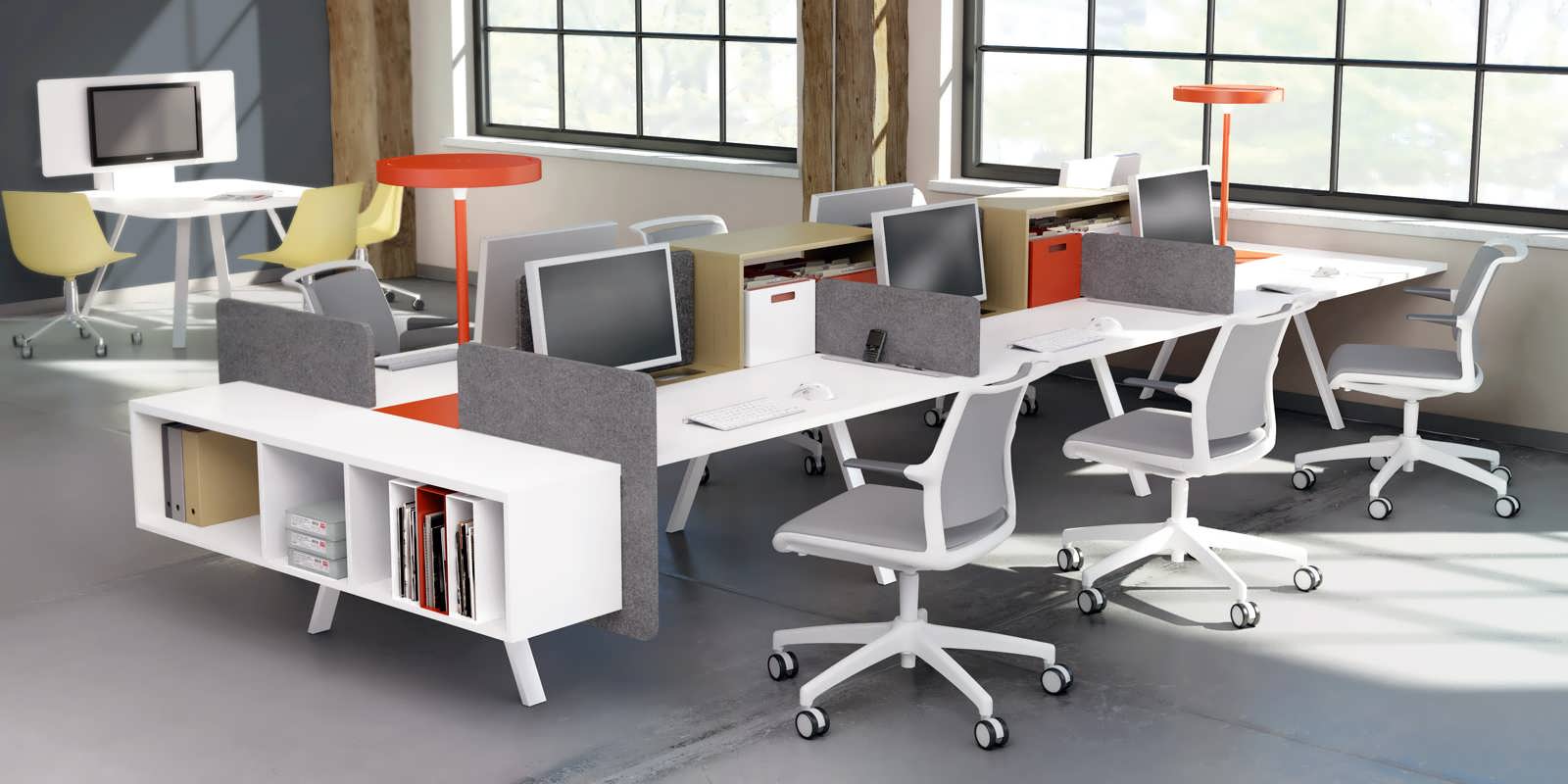The Rise of Solid State Drives: A Revolution in Storage

In the ever-evolving world of technology, storage solutions have undergone a remarkable transformation. Gone are the days of bulky hard drives that chugged along at a snail's pace. Enter the Solid State Drive (SSD), a revolutionary technology that has redefined speed, performance, and reliability in data storage.
What are Solid State Drives?
Unlike traditional hard drives that rely on spinning platters and mechanical read/write heads, Solid State Drives utilize flash memory to store data. This technology, similar to that found in USB drives, offers several key advantages:
- Blazing Fast Speeds: SSDs boast significantly faster read and write speeds compared to traditional hard drives. This translates to quicker boot times, faster application loading, and dramatically improved overall system responsiveness.
- Enhanced Performance: The lack of moving parts eliminates the seek time associated with hard drives, resulting in more consistent and predictable performance. This is crucial for demanding tasks such as video editing, gaming, and data-intensive applications.
- Improved Durability and Reliability: SSDs are more resistant to shock and vibration, making them more durable than traditional hard drives. They also have no moving parts, reducing the risk of mechanical failures.
- Lower Power Consumption: SSDs consume less power than their mechanical counterparts, leading to improved battery life in laptops and other mobile devices.
- Silent Operation: The absence of moving parts makes SSDs virtually silent, eliminating the noise and vibration associated with traditional hard drives.
1tb Solid State Drive: A Sweet Spot for Many Users
A 1tb solid state drive offers a compelling balance of capacity and performance for a wide range of users. With 1 terabyte of storage, you have ample space for your operating system, applications, games, photos, videos, and other important files. This capacity is sufficient for most everyday users, including power users and creative professionals.
A 1TB SSD provides a noticeable performance boost across various tasks:
- Boot Times: Experience significantly faster boot times, reducing the time you spend waiting for your computer to start up.
- Application Loading: Launch applications and games almost instantly, eliminating frustrating loading screens.
- Data Transfer: Transfer files quickly and efficiently, saving you valuable time.
- Overall System Responsiveness: Enjoy a more fluid and responsive computing experience with faster multitasking and smoother application performance.
Choosing the Right Solid State Drive
When selecting an SSD, consider the following factors:
- Form Factor: Choose the appropriate form factor for your device (e.g., 2.5-inch, M.2).
- Interface: Select an interface that is compatible with your system (e.g., SATA, NVMe).
- Read/Write Speeds: Look for an SSD with high read and write speeds to maximize performance.
- Capacity: Choose a capacity that meets your storage needs.
- Brand Reputation: Opt for reputable brands known for their quality and reliability.
Upgrading to an SSD: A Simple and Rewarding Experience
Upgrading your computer with an SSD is a relatively straightforward process:
- Back Up Your Data: Before proceeding with any hardware upgrades, back up all your important data to an external drive or cloud storage.
- Choose the Right SSD: Select an SSD that is compatible with your system and meets your needs.
- Installation: The installation process varies depending on the type of SSD and your computer's configuration. Refer to your computer's manual or online resources for specific instructions.
- Clone Your Hard Drive (Optional): If you are replacing your existing hard drive with an SSD, you can clone the entire contents of your hard drive to the SSD using specialized software.
The Future of Solid State Drives
The technology behind SSDs continues to evolve at a rapid pace. We can expect to see even faster speeds, higher capacities, and more affordable prices in the future. As SSDs become increasingly prevalent, they will revolutionize the way we interact with our computers, making them faster, more responsive, and more enjoyable to use.
Conclusion
The rise of Solid State Drives has ushered in a new era of computing performance. With their blazing fast speeds, improved reliability, and enhanced durability, SSDs have become an essential component for any modern computer system. Whether you're a casual user or a demanding professional, upgrading to an SSD is an investment that will significantly enhance your computing experience.
FAQs
-
What is the difference between an SSD and a hard drive?
- SSDs use flash memory to store data, while traditional hard drives use spinning platters and mechanical read/write heads. This makes SSDs significantly faster and more reliable.
-
What are the benefits of using an SSD?
- Faster boot times, faster application loading, improved overall system responsiveness, enhanced durability, lower power consumption, and silent operation.
-
How much storage do I need for a 1TB SSD?
- A 1TB SSD offers ample storage for most users, including operating systems, applications, games, photos, videos, and other important files.
-
Is it difficult to install an SSD?
- The installation process varies depending on the type of SSD and your computer's configuration. However, many SSDs are easy to install, and there are plenty of online resources available to guide you through the process.
-
What is the future of SSD technology?
- We can expect to see even faster speeds, higher capacities, and more affordable prices in the future as SSD technology continues to evolve.
This blog post provides a comprehensive overview of Solid State Drives, highlighting their key advantages, benefits, and considerations. By understanding the power of SSDs, you can make informed decisions about your storage needs and enjoy a significantly faster and more responsive computing experience.
What's Your Reaction?

















